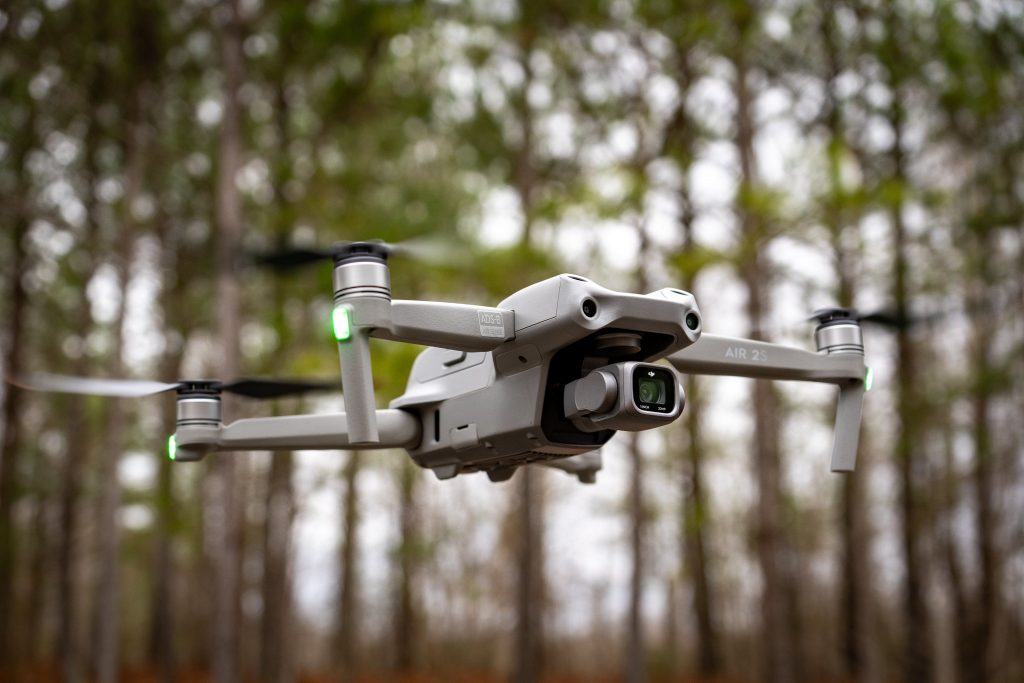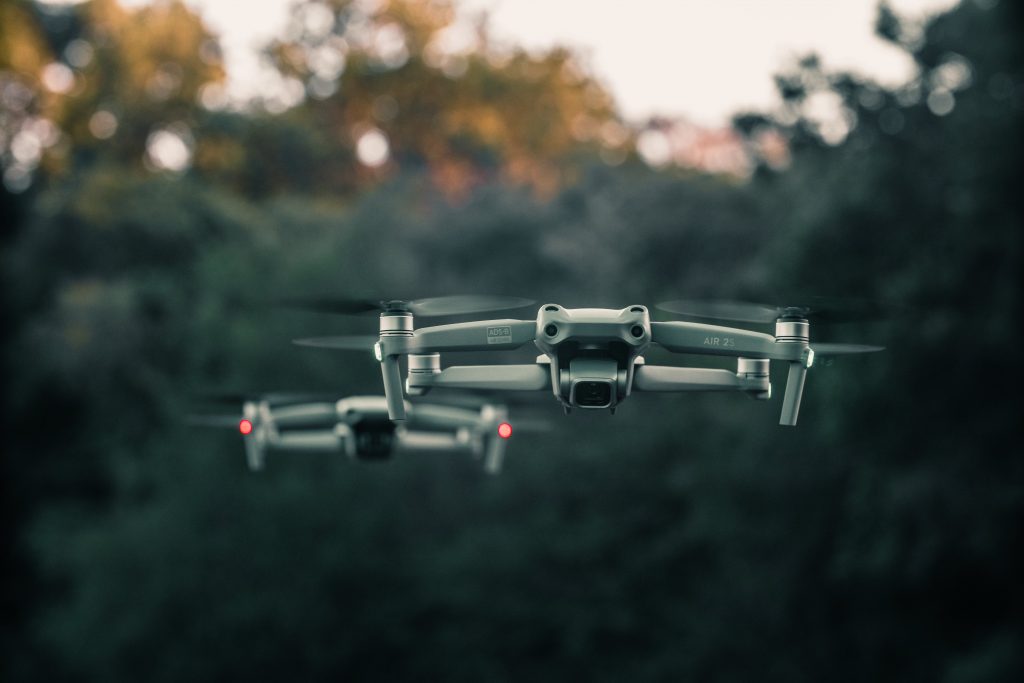Don't miss our holiday offer - 20% OFF!

Read also : Street Lighting Sensors: A Revolutionary City Management
Forest fires have become a serious threat to the environment and life worldwide. Every year, we witness news of forests ablaze, destroying ecosystems and endangering both humans and wildlife. However, with the advancement of Internet of Things (IoT) technology, an innovative solution has emerged to address this issue. Smart IoT sensors have revolutionized forest fire monitoring, allowing for better early detection and faster responses.
Smart IoT Sensors: Cutting-Edge Technology in Forest Fire Monitoring

Read also : IoT and Smart Cities: Envisioning Sustainable Urban Areas
IoT sensor are small devices connected to the internet, capable of collecting data from their surrounding environment. In the context of forest fire monitoring, smart IoT sensors are equipped with various sensors such as thermometers, humidity sensors, smoke detectors, and cameras that can detect sudden temperature changes, humidity levels, and suspicious signs of smoke. These sensors can be widely deployed in fire-prone forest areas. One significant advantage of IoT sensors is their ability to communicate in real-time over the internet. When these sensors detect suspicious conditions, such as a sudden temperature rise or thick smoke, they can transmit this information to monitoring centers. This enables firefighters and environmental experts to respond quickly before the fire spreads.
Enhancing Early Detection and Rapid Response

Read also : Smart EWS: Enhancing Speed and Accuracy of Response
The use of smart IoT sensors in forest fire monitoring has resulted in a significant improvement in early detection and rapid response. In some cases, these sensors can detect fires even before humans or traditional firefighting equipment. This allows firefighting efforts to be initiated at an earlier stage, reducing the damage caused by the fire. Moreover, smart IoT sensors also assist in mapping the fire’s progression. With accurate information about the fire’s location and direction, firefighters can plan their actions more efficiently. These sensors also allow for monitoring of local weather conditions, which can impact the fire’s behavior.
Conclusion
Smart IoT sensor have opened doors to more effective and efficient forest fire monitoring. They help improve early detection, enable faster responses, and minimize the damage caused by forest fires. With this technology, we have a powerful tool in our efforts to protect forest ecosystems and human life. By continuously developing and implementing smart IoT sensor, we can move toward a safer and more sustainable future in addressing the threat of forest fire.





